Support material testing and equipment testing
Focus on R & D and manufacturer of plasma cleaning machine for 20 years

Inkjet printing of low-temperature oxygen plasma treated silk fabric by plasma cleaning machine:
The fabric used for inkjet printing needs to undergo pretreatment before inkjet printing to improve the quality of inkjet printing. The traditional pre-treatment process is to sizing or modify the fabric with cationic reagents, which consumes a lot of energy and water, and discharges a large amount of sewage at the same time, which causes environmental pollution. Plasma cleaning machine Plasma as a clean production technology has attracted widespread attention. Compared with traditional modification treatment, the use of plasma to modify the surface of textiles has a wide range of applications, does not affect the overall performance of fibers and fabrics, has the advantages of low chemical consumption and high reliability and safety.
Plasma cleaning machine plasma treatment does not involve the use of hazardous chemicals and wastewater treatment, and has a relatively small burden on the environment, which conforms to the definition of ecological processing. After the fabric is treated by plasma, the K/S value increases compared with the untreated one, and increases with the increase of the treatment time; but when the treatment time exceeds a certain period of time, the K/S value decreases slightly. This is caused by plasma etching and the action of polar groups.
A large number of active particles, such as electrons, ions, free radicals, photons, and excited atoms and molecules, are generated during the plasma treatment process. The K/S value increases as the processing power increases. Higher processing power can increase the number of high-speed electrons in the plasma and improve the processing effect, thereby increasing the K/S value and achieving a better anti-seepage effect.

The K/S value of the fabric after the low-temperature oxygen plasma treatment of the plasma cleaning machine becomes larger, and the color becomes darker; the I value (brightness) decreases, and the color becomes darker; the C value (saturation) becomes larger, and the vividness increases. This is because, on the one hand, plasma etching and oxidation can improve the impermeability of the fabric and increase the ink pigment per unit area; on the other hand, the etching increases the surface roughness and increases the diffuse reflection of light.
After the low-temperature oxygen plasma treatment, the advancing contact angle and the receding contact angle of the fiber are significantly reduced, and further decrease with the prolonging of the treatment time. This is mainly because low-temperature oxygen plasma treatment can not only form etching on the surface of the fiber, but also introduce some hydrophilic groups (such as hydroxyl, carboxyl, amino, etc.) on the surface of the fiber, which significantly improves the hydrophilicity of the fiber after treatment. .
The seepage phenomenon of untreated silk fabrics is more serious, and the weft seepage is more obvious. This may be related to the structure of the fabric itself. From the obvious narrowing of the inkjet printing line width, it can be seen that after the low-temperature oxygen plasma treatment of the plasma cleaning machine, the anti-seepage performance of the printed fabric in the warp and weft direction is obviously improved. This is due to the dual effect of low-temperature oxygen plasma on the surface of the silk fabric by etching and introducing polar groups, which improves the hydrophilicity of the fabric, speeds up the fabric’s absorption of ink, and thus can absorb the ink instantly. , The effect of inhibiting the spread of ink to the surroundings improves the anti-seepage effect.
Plasma cleaning machine low-temperature oxygen plasma treatment increases the amount of ink on the surface of the fabric, and at the same time introduces polar groups (such as -NH, -OH) on the surface of the fabric, which may interact with the carboxyl-containing surfactants adsorbed on the surface of the pigment particles. Hydrogen bonding occurs to increase the force between the pigment particles and the fabric.

CRF-VPO-4L-S
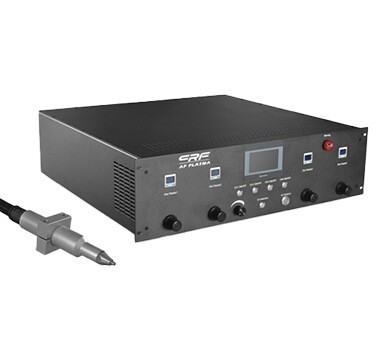
CRF -APO-IP-XXHD-DXX
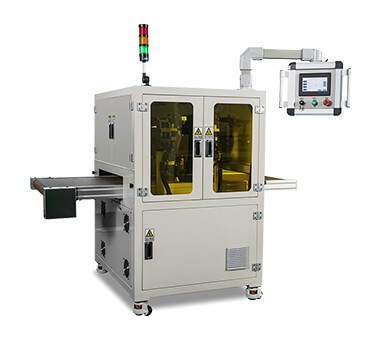
CRF-APO-500W-C
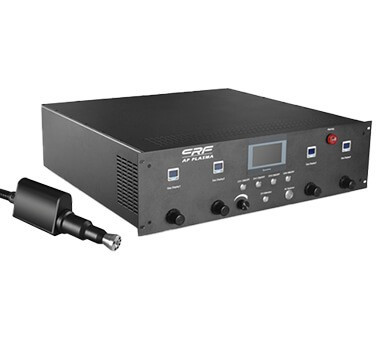
CRF-APO-IP-XXHD-RXX
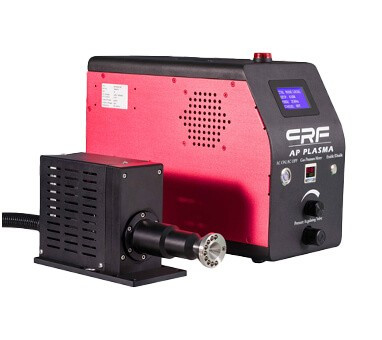
CRF-APO-RP1020-D
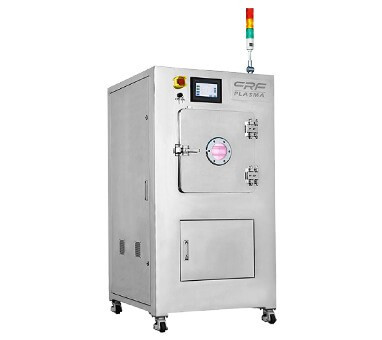
CRF-VPO-8L-M
Plasma surface treatment Plasma activation cleaning application and effect detection
more >Socket mobile phone panel plasma cleaning machine surface activation cleaning treatment
more >New O2CF4 plasma treatment technology for cleaning the drilling stains of rigid-flex printed circuit boards
more >Photocatalytic material composed of plasma noble metal nanoparticles and semiconductor materials
more >Semiconductor pcb plasma cleaning equipment can be used for various appearance PCB circuit board application processing
more >Design and research of high frequency and high voltage plasma generator
more >